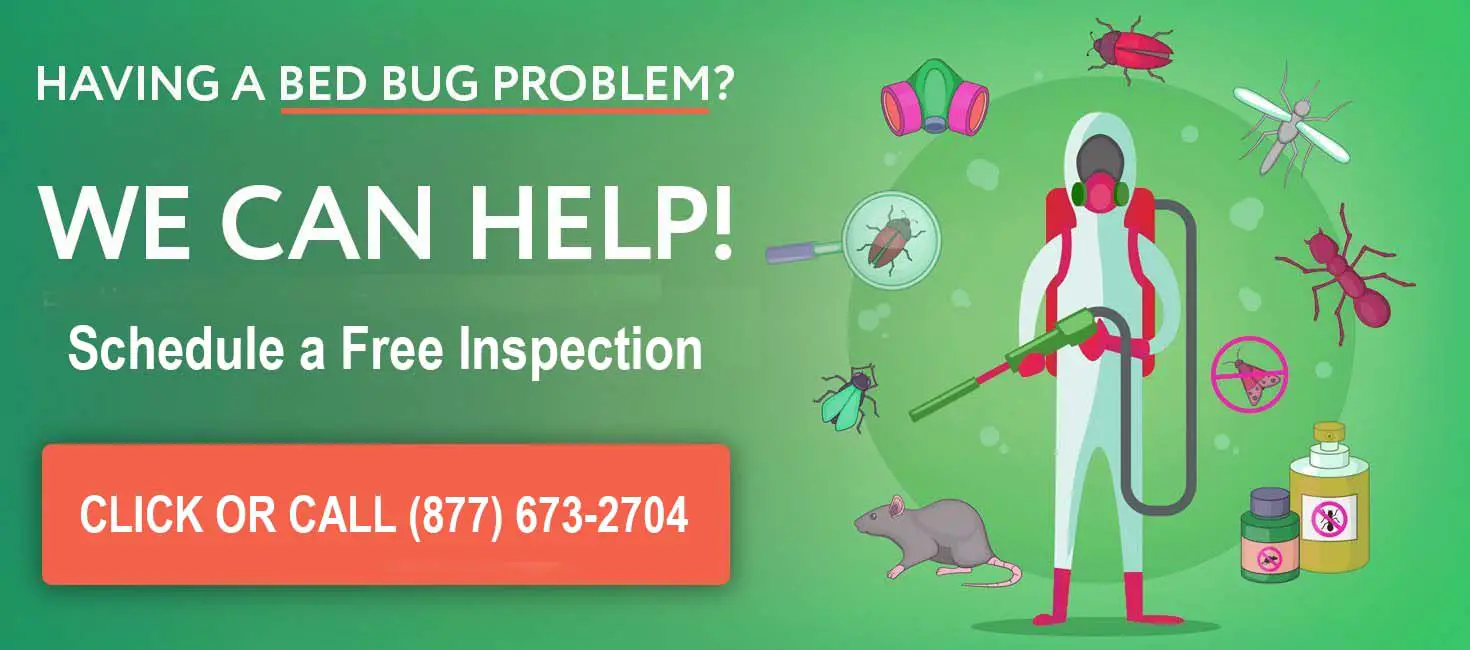Call 1-877-673-2704 for a free extermination quote or do-it-yourself with our featured bed bug kit.
Can Bed Bugs Be Brought into a House by a Dog?
by LG
(Tucson AZ)
My small dog is a house dog. He runs down to a wooded lot, where wildlife hides.
Can bed bugs be brought into a house by a dog?
I check him every day after going out.
Response to LG
Hi LG, thank you for your question! I understand how concerning this situation must be, especially when dealing with such a persistent infestation. Let me help clarify whether your dog might be contributing to the problem.
Can Bed Bugs Be Brought into a House by a Dog?
It’s possible, but not very common, for a dog to bring bed bugs into your home. Here’s why:
- Preference for Human Hosts: Bed bugs are primarily attracted to human hosts because our skin is more accessible than a dog’s fur. They typically hide in fabric surfaces like bedding, furniture, and carpets rather than living on pets.
- Carriers, Not Hosts: Bed bugs don’t live on animals like fleas or ticks do, but they can hitch a ride on your dog’s fur, collar, or bedding if your dog comes into contact with an infested area (e.g., wildlife shelters, discarded furniture).
- Indirect Introduction: If your dog runs into areas where wildlife has nested or rested, it’s more likely that other pests like fleas or ticks are the issue, though bed bugs could theoretically transfer if they are present.
Steps to Protect Your Home
To minimize the risk of pests being brought into your home, follow these steps:
- Inspect Your Dog Regularly: Continue your daily checks, focusing on your dog’s fur, paws, and collar after outdoor excursions.
- Clean and Monitor: Wash your dog’s bedding regularly in hot water and dry it on the highest heat setting to kill any pests. Vacuum areas where your dog spends time, including carpets and furniture.
- Inspect Your Home: Check for signs of bed bugs, including live bugs, black fecal spots, or shed skins in your bedding, furniture, and baseboards. Use a flashlight to examine hidden areas.
- Limit Exposure to Wildlife Areas: If possible, restrict your dog’s access to heavily wooded areas or places where wildlife might nest.
Other Possible Culprits
If you’ve been dealing with this infestation for a while, it’s worth considering other potential sources:
- Used Furniture or Clothing: Bed bugs can hitchhike into your home on secondhand items.
- Visitors or Travel: Guests or travel to infested locations can unintentionally bring bed bugs into your home.
- Neighboring Homes: In some cases, bed bugs can spread between homes, especially in connected housing or apartment buildings.
When to Seek Professional Help
If the infestation persists despite your efforts, contacting a pest control professional is highly recommended. They can inspect your home thoroughly, confirm the source, and apply effective treatments to eliminate the problem.
While it’s not likely that your dog is the primary cause of a bed bug infestation, taking precautions and maintaining regular checks will help protect your home. Let me know if you have further questions or need additional guidance—I’m here to help! Best regards,
Jeff
Editor and Publisher
Bed Bugs Handbook
Join in and write your own page! It's easy to do. How? Simply click here to return to Bug Bites.

